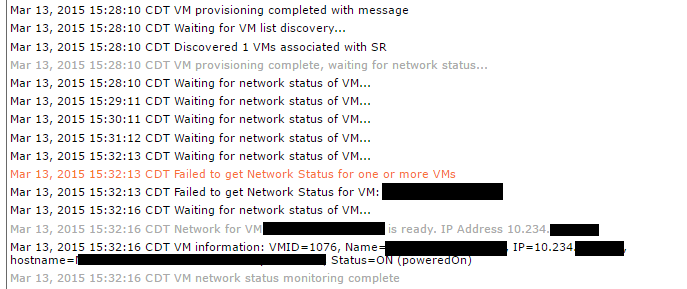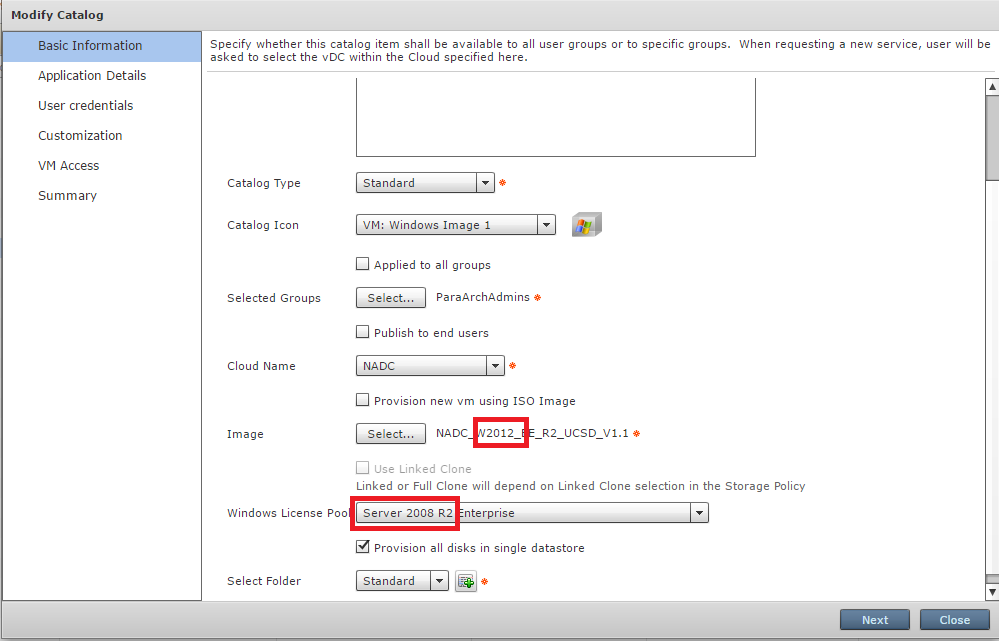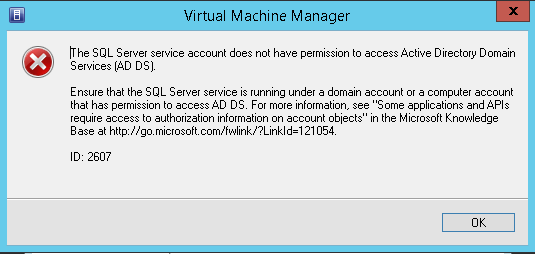So here is something that has been bugging me since we deployed Cisco’s UCS Director to manage our VMWare infrastructure:

That is a message you see in the service request log when you provision a VMWare VM. The task is the standard “VMWare VM Provision” task that ships with UCSD.
Why? What is it doing?
We had originally thought that the UCS Director Virtual Appliance was pinging the IP of the newly-created VM and then assuming (correctly, on our network) that ICMP was blocked but that the VM was up anyway. Even after allowing ICMP traffic, however, the problem persisted.
I contacted Cisco’s UCS Director engineering group and was basically told that yes, it’s pinging, and no, there’s no way to lower the 10 minute threshold. That was in 5.0, and we’re on 5.2.0.0 today.
I inherited the Director installation from another engineer and a couple of weeks ago I finally had the opportunity to start reading the administration guide. As I was going through the guide, I was looking at our settings to see how everything had been configured. When I got to the System Policies section, I noticed a new (AND UNDOCUMENTED!!!) field between “WINS Server List” and the “Auto Logon” checkbox*:

Ooooohhh!!! I wonder what that does!

So naturally, I changed it on one of my policies and deployed a new vm:

And the results:

In my environment, there is no reason to wait even 4 minutes. By the time Director gets to the “Waiting for status of VM” step, the VM is already booted with all customizations complete. The 10 minute wait was completely unnecessary.
Now if only I can figure out why it waits ten minutes in the “Waiting for VM list discovery” step…
*Incidentally, there is another undocumented field in between the “Wins Server List” and the “Auto Logon” checkbox: A checkbox for “Create a unique SID”. I am slightly afraid of doing anything to that box since everything is working today.






